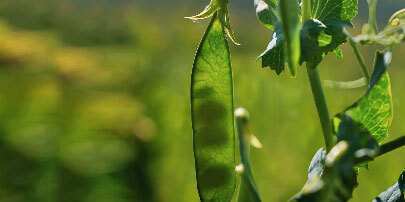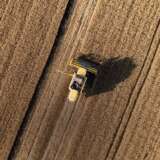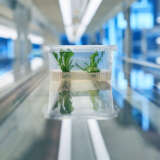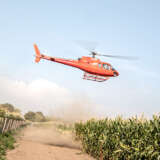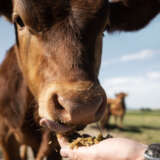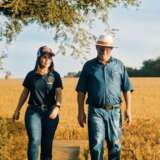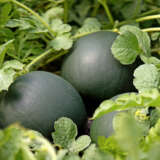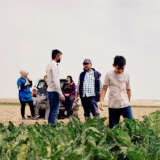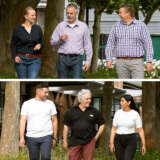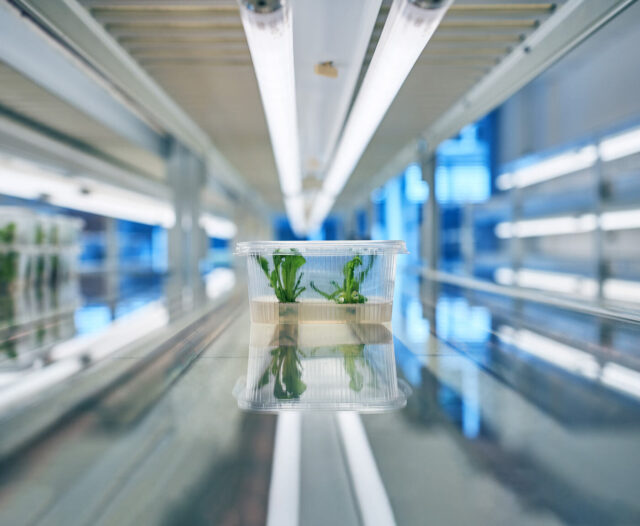
Research and development
The long journey toward a new variety.
The spark that evolves into a new variety doesn’t happen overnight: Year after year, our breeders work on developing new high-performance plant varieties that meet the needs and challenges of agriculture. They always have an eye on the future. Over several years, parent plants are combined, and their offspring are carefully tested and selected for desired characteristics. Many different methods are used in this process — from traditional crossbreeding and hybrid breeding to advanced biotechnological methods. On average, it takes ten years until a new variety is approved.
Timeline of innovations
Since its foundation over 165 years ago, KWS’s success has been based on innovative plant breeding methods. These have been continuously expanded and refined over the decades to provide farmers with continuously improved seed for increasingly productive seed varieties.
Diversity as the basis: Breeders need access to a large number of genetically different plants of one kind in order to find useful properties for new plant varieties.
1 | Pre-breeding and trait development (upstream, up to 10 years):
In most cases, Mother Nature has the answer, but you still have to look for it. Therefore, in the pre-breeding process, traits from wild forms and old varieties are identified and crossbred in high-performance lines. However, valuable plant traits can also be developed with the help of biotechnological approaches and be introduced directly to high-performance breeding material. As such, our breeders have to anticipate which varieties will be in demand in the future.
2 | Crossbreeding and material development (up to 3 years):
To recombine as many traits as possible, in this step the high-performance materials from previous years are crossbred with each other and also with material from the pre-breeding stage. In this way, the plant material is adapted to suit regional environmental conditions and agronomic requirements. Step by step, traits are combined, yield is improved, the general resistance level is increased and quality features are adapted. This process is very time-consuming, and hundreds of thousands or even millions of test candidates are created.
3 | Property testing and selection (up to 4 years):
The properties of all candidates have to be tested extensively. This takes place in field tests at many different locations worldwide and for many different traits. Tests are also carried out in greenhouses and laboratories. The aim is to select variety candidates that display the desired combinations of traits. In addition to requiring a good eye for breeding, this selection process needs many different skills and the latest technologies.
4 | Variety testing and approval (up to 3 years):
Following the breeding phase, the varieties are subject to official tests. In a procedure taking several years, the remaining variety candidates are planted at various locations with different environmental conditions and their properties are tested by an independent body. In the end, only candidates that clearly differ from other varieties and that are better than the previously approved varieties are certified as a new variety.
5 | Seed propagation and certification (up to 2 years):
The Production, Marketing and Sales units now take over the marketable variety. Pre-propagation and management trials are already started during the approval procedure and take place during the complete life of a variety. Our seed propagation is subject to strict internal quality requirements and is also reviewed by the responsible authorities. Our management trials provide us with valuable experience regarding our own varieties so that we can advise farmers accordingly. Across all crops, KWS obtains distribution approval for many hundreds of new varieties each year that ensure sustainable yields.
